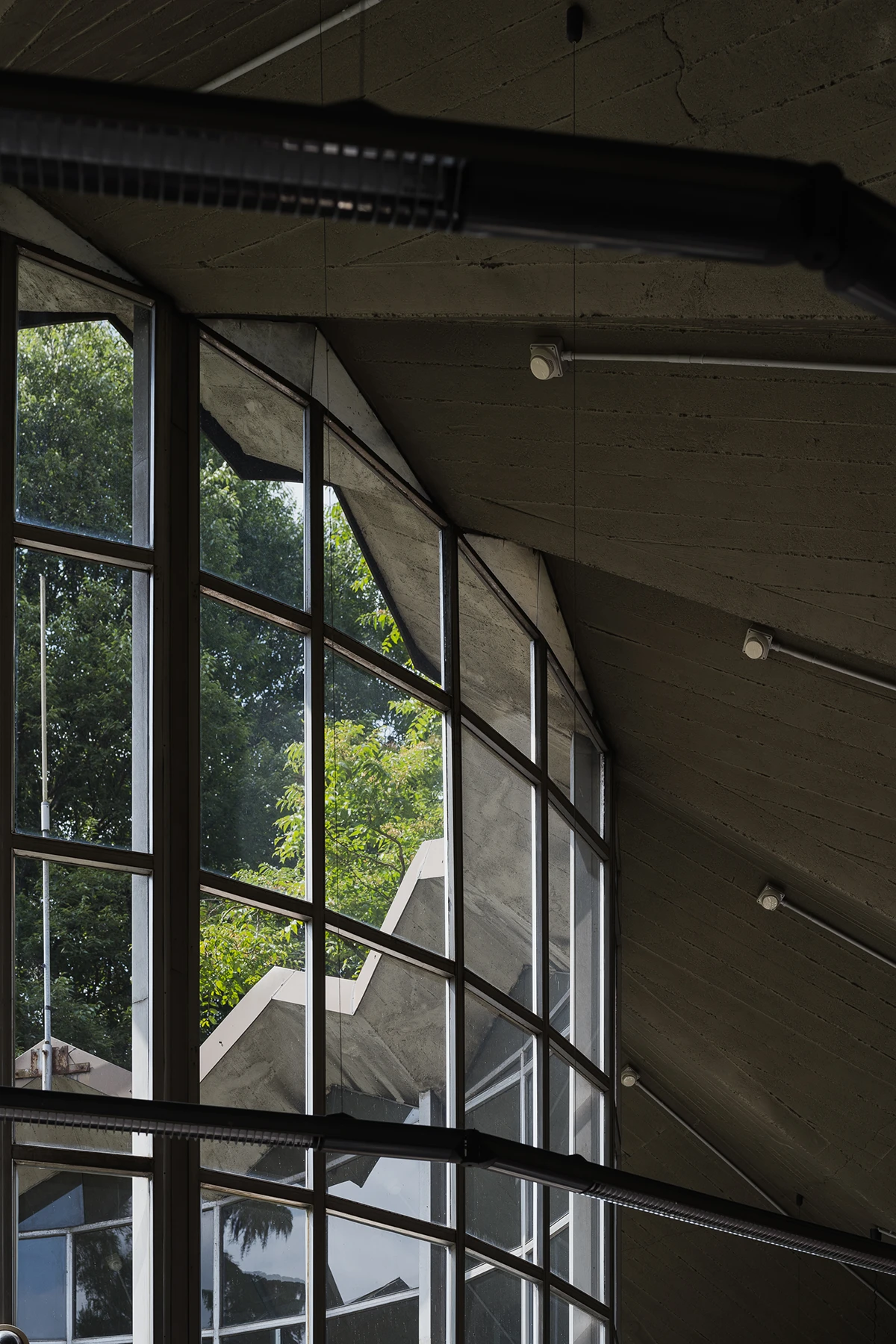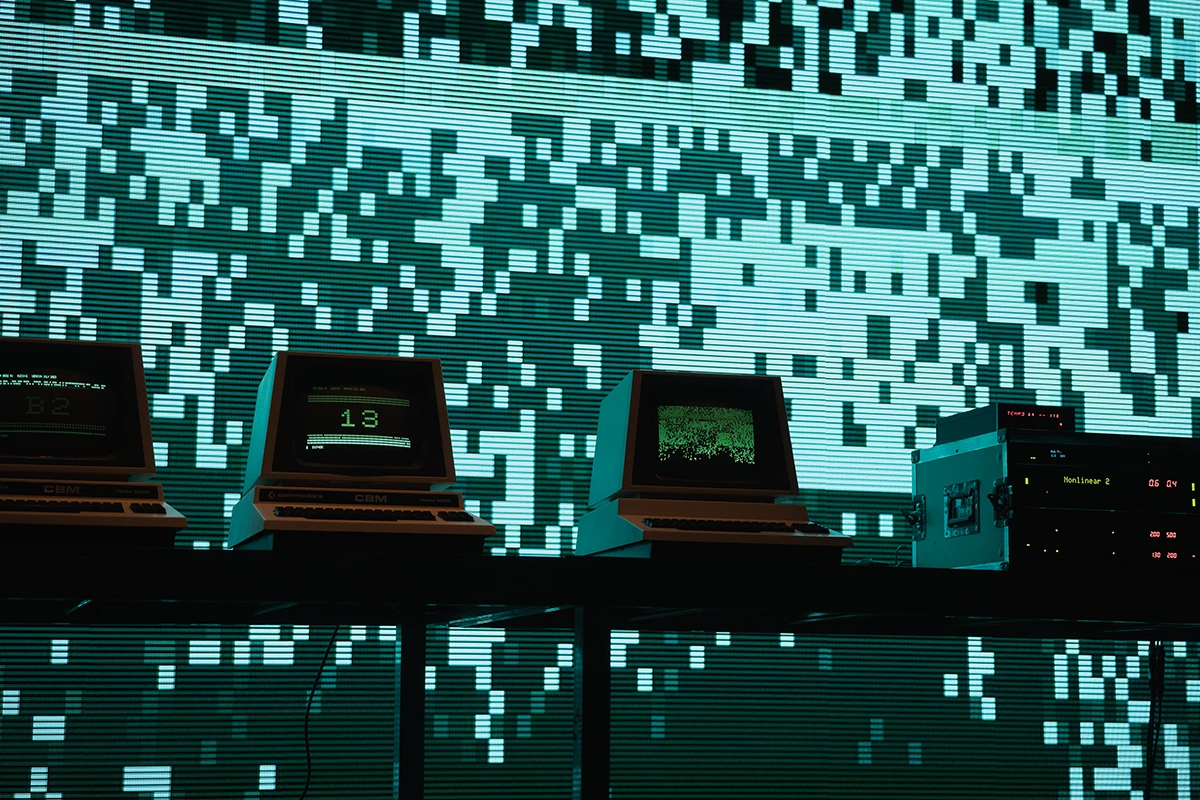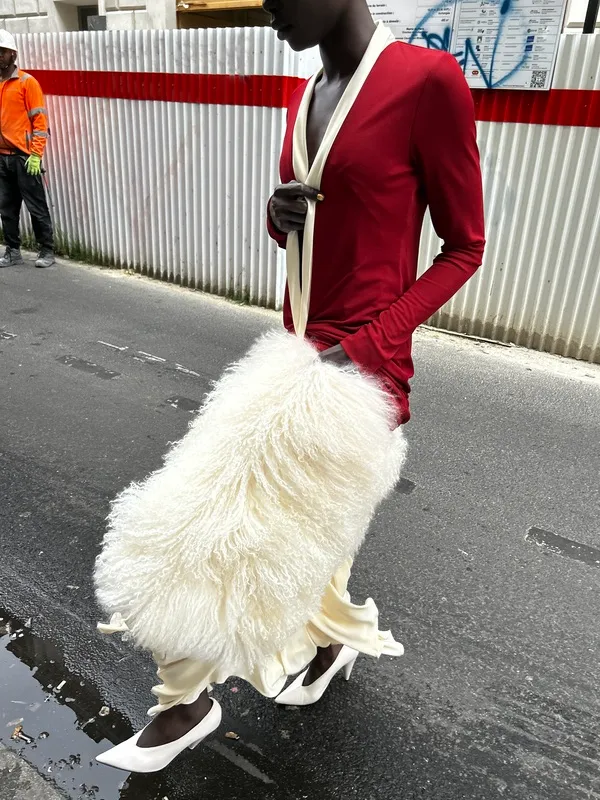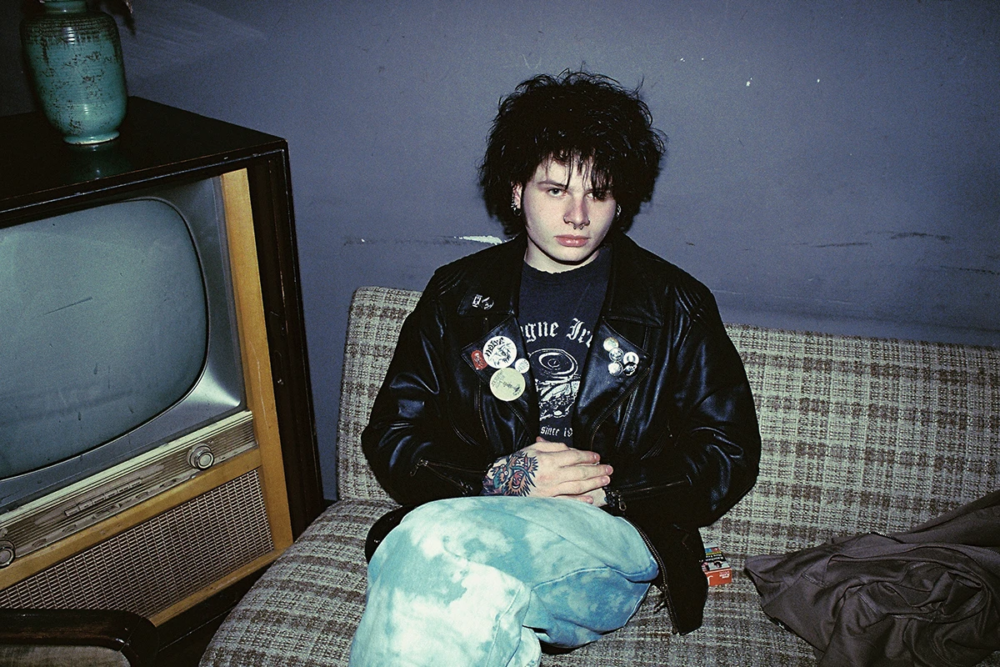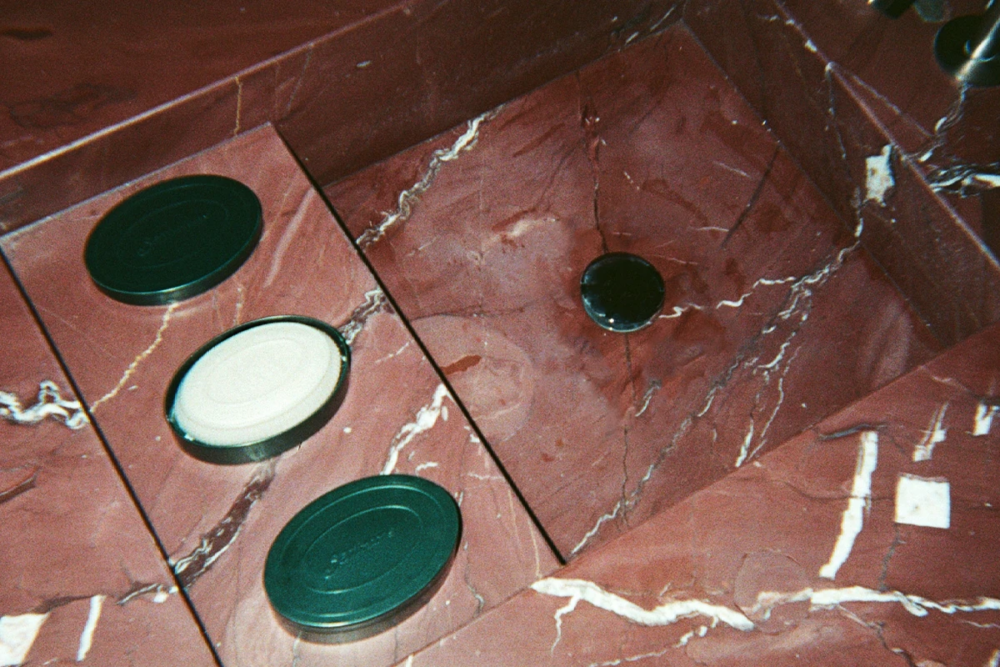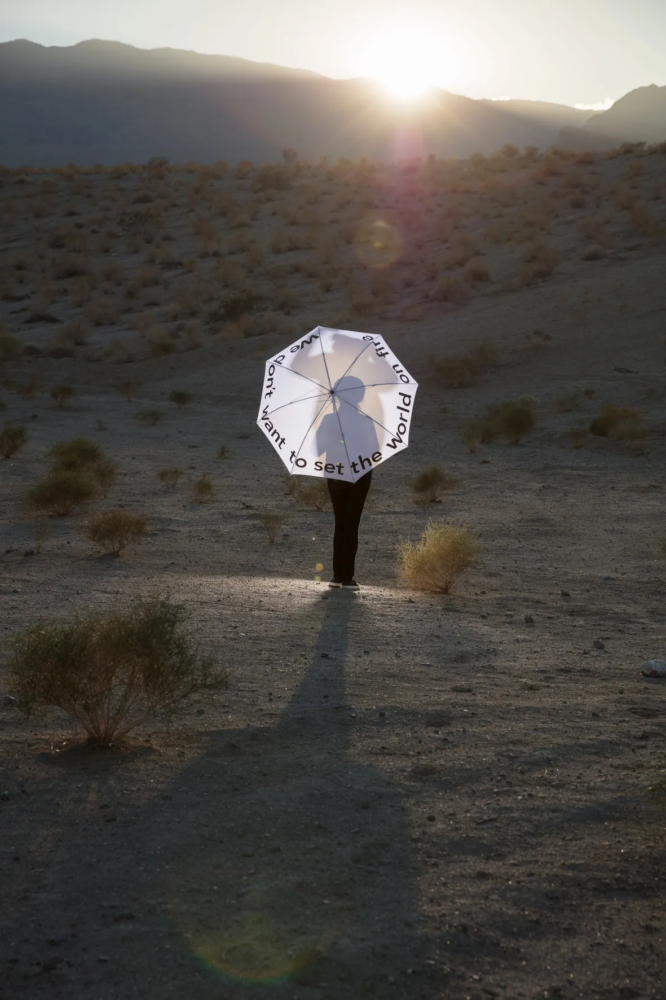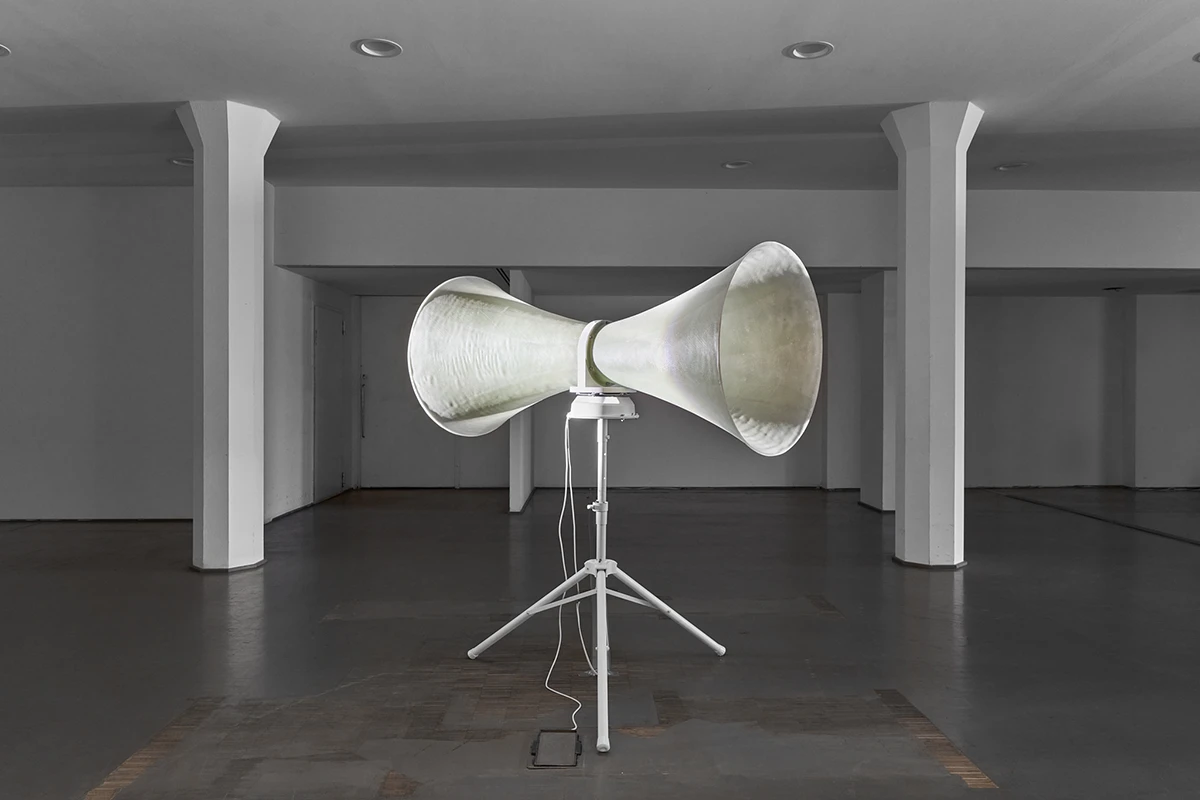
Terraforma Exo 2025 explores sound as a tool for ecological transformation
From the green heart of Parco Sempione to the layered histories of Villa Tasca, Terraforma Exo 2025 turns architecture and landscape into instruments. An interview with founder Ruggero Pietromarchi
Lampoon introduces Terraforma Exo. An interview with founder Ruggero Pietromarchi
Not a festival but a cultural event – that is how founder Ruggero Pietromarchi prefers to define Terraforma Exo. The term underscores its curatorial and educational aims and the regenerative, cohesive, exploratory role sound plays within it.
“The places we pass through allow us to renegotiate our relationship with time,” reminds Damiano Gullì, Curator of Contemporary Art and the Public Program at Triennale Milano, which has partnered with Terraforma Exo. At the heart of the project lies precisely this renegotiation, manifested through sound: vibrations travelling through air, water, or solid matter such as architecture and landscapes.
Terraforma Exo explores space – natural or artificial, physical or intangible – alongside the ways we relate to it as individuals and as a society, and the traces our presence leaves behind. Conceived to build a new “sound ecology,” it proposes, in Pietromarchi’s words, “Sound ecology is a practice of conscious listening that connects humans to the environment. It helps us understand how sound inhabits space, shapes perception, and becomes a vehicle for transformation. It is not only about preserving soundscapes, but about proposing new ways to co-inhabit the environment through sound – a language that connects, reveals, and builds sustainable imaginaries.”

A brief primer on sound ecology
Sound ecology – also called acoustic ecology or soundscape ecology – studies how people and other living beings relate to places through sound. It views every habitat, whether a rainforest, a coral reef, or a city square, as a soundscape: an ever-shifting mix of natural, human, and geological noises whose acoustic signature is as distinctive as a fingerprint. The field emerged in late-1960s Vancouver, when Canadian composer R. Murray Schafer launched the World Soundscape Project. His team’s pioneering surveys challenged the idea that environmental quality can be judged only by what we see and led to today’s World Forum for Acoustic Ecology.
Although its roots are artistic, sound ecology is now deeply scientific. Researchers deploy digital recorders, underwater hydrophones, and drones to gather months of continuous audio in places humans seldom reach. Software converts these recordings into spectrograms – visual maps of frequency over time – that can isolate a frog’s call or a lorry’s rumble. Comparing patterns across years reveals shifts in biodiversity, early signs of coral bleaching, or the masking effect of new motorways.
A soundscape weaves together three strands
Geophony, the non-living natural sounds of wind, rain, or waves that form a constant backdrop; biophony, the vocalisations of living organisms, from dawn choruses to whale songs; and anthrophony, the full spectrum of human-generated noise, which has grown louder with each decade of industrialisation. Because these strands overlap, rising anthrophony can mask biophony, making it harder for animals to communicate and, in some cases, to survive.
Listening offers tangible benefits for conservation. In Costa Rica, the fading cry of the endangered three-wattled bellbird alerts ecologists to fresh incursions of illegal logging. In Australia, patterns in underwater grunts and pops can signal ocean-warming stress months before divers notice bleached reefs. Urban planners now treat pleasant soundscapes – flowing water, rustling leaves, children at play – as assets that lower stress as effectively as green space.
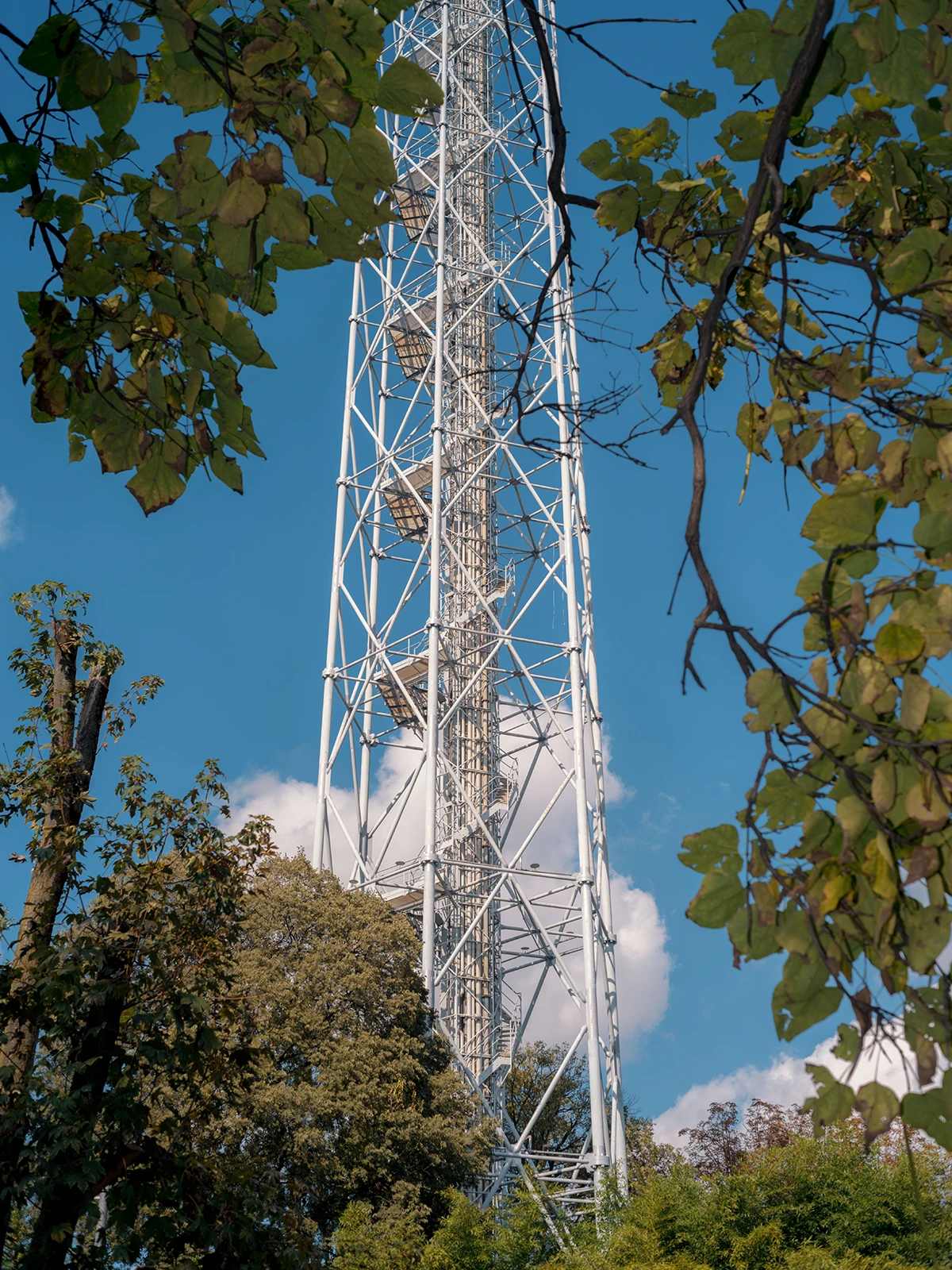
From Terraforma to Terraforma Exo
After eight editions in Milan’s Villa Arconati park, Terraforma in 2024 evolved into Terraforma Exo, reinforcing its cultural ambition while preserving its entertainment component. “Exo” suggests a centrifugal force that expands outward, terraforming everything it meets. Pietromarchi explains, “Terraforming for us means generating new worlds, building liveable atmospheres, and radically relational cultural practices. It is a transformative act that starts from sound to redesign the physical and imaginary territories we inhabit. The term implies a collective, ecological, utopian action: not just filling spaces, but regenerating them, listening to them, and making them resonate with new possibilities.”
Terraforma Exo celebrates sound’s physical dimension – a seemingly intangible entity that nonetheless feels structural and raw. Pietromarchi notes, “We curate the interaction between sound and space site-specifically, activating both places and perceptions. In pieces such as Having Never Written a Note for Percussion by Rrose, sound becomes meditative, tactile matter capable of generating a deep bodily experience.”
Moving beyond the traditional festival model has let the project evolve in synergy with venues, artists, and communities. Its content is deliberately limited yet carefully selected and presented sequentially. In 2025 Terraforma Exo will “terraform” Rome and Palermo as well as Milan. An expanded network of international collaborations – including TIMES, a cooperative of ten European festivals, and SHAPE+, a Creative Europe platform for innovative music and audiovisual art – will underpin site-specific performances, talks, and multidisciplinary projects that deepen the event’s reflection on the present.
Sound × ecology: Threes Productions and Atlas of Change
“The music industry has an environmental impact that is often underestimated,” Pietromarchi observes. “Terraforma Exo tackles this on several levels: reducing the ecological footprint of events, using existing infrastructure, encouraging sustainable mobility, and promoting artistic practices that reflect on the environment. Music can also make the urgencies of our time audible.”
Designed by Threes Productions – a creative agency devoted to cultural sustainability – Terraforma Exo favours circular economies and rethinks existing places rather than building anew. Holding the event for a second year in Parco Sempione transforms familiar architectures and, with them, people’s perspectives.
A partnership with Atlas of Change, a platform merging visual and scientific storytelling on climate, will explore the links between climate, infrastructure, and urban dynamics, turning the invisible impacts of climate change into tangible experience. Pietromarchi explains, “Our collaboration intertwines data and storytelling, imagination and responsibility. For Terraforma Exo 2025, Atlas helps us visualise environmental transformations in real time and weave them into an artistic language, creating maps that reveal the interconnections among climate, infrastructure, and society.”

Rough sound that sparks dialogue: highlights from the line-up of Terraforma EXO
Heith, James K, and Günseli Yalçinkaya present The Talk [A/V Show]: inspired by early computing history, their hypnotic soundscapes open portals to the unknown, while spoken word interrogates technology’s role in shaping reality. In EUREKA!, Lorenzo Senni examines the structural and emotional mechanics of club-oriented electronic music. Bill Kouligas and Forensis use music to expose colonial exploitation, resurfacing silenced voices uncovered through research on Germany’s colonial history in Namibia. Finally, at Rome’s Forte Antenne, Nkisi’s Serpent Songs explores rhythm, memory, and resistance, crafting a sonic archaeology that challenges dominant narratives.
Parco Sempione: a site of possibility in a concrete-laden city – and beyond
Choosing Parco Sempione as the main venue is symbolic. One of Milan’s vital green lungs, the park has resisted waves of urban development since Italian unification thanks to tireless civic committees. Pietromarchi says, “It’s a living ecosystem at the heart of a dense metropolis – an ideal ground for rethinking the relationship between nature, city, and culture. Our programme engages with its iconic architectures, Torre Branca and Palazzina Appiani, turning the park into a laboratory where sound meets landscape and suggests new ways of living together.”
Saturday continues with a club night at Gatto Verde, a “phantom” club that has no fixed address but appears in semi-abandoned industrial spaces south of Milan, reclaiming them through music’s unifying power.
The same logic guided venue choices in Rome and Palermo. Forte Antenne, nestled in Villa Ada’s greenery, and Villa Tasca, a 16th-century estate poised between history and nature, both resonate physically and metaphorically. Their layered identities invite not only performances but reflections on territory, community, and heritage. Pietromarchi notes, “Each location brings new audiences, collaborations, and energies. Forte Antenne will host immersive performances and journeys through architectural landscapes; Villa Tasca will balance sonic experimentation with historical memory in its ancient gardens. Every site becomes a starting point for regenerating the territory through artistic practice.”
Bio: Terraforma Exo
Terraforma Exo is a cultural event produced by Threes Productions. Conceived as a curatorial intervention that moves beyond enclosed venues to explore new geographies, it confronts contemporary challenges by fostering deep introspection and critical thinking. The second edition will take place on 28–29 June 2025 in Parco Sempione, Milan, followed by Rome (Forte Antenne, 27 September 2025) and Palermo (Villa Tasca, 28 October 2025).
